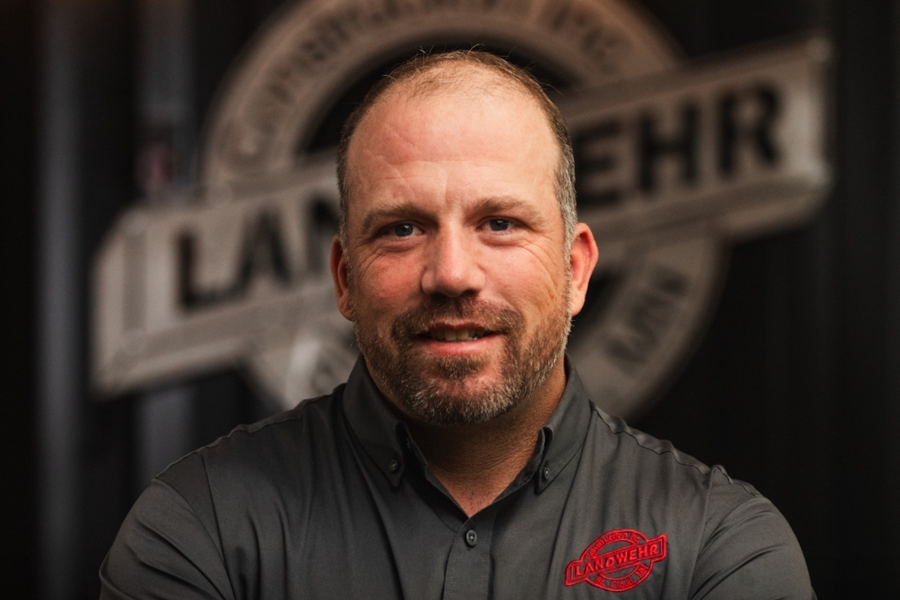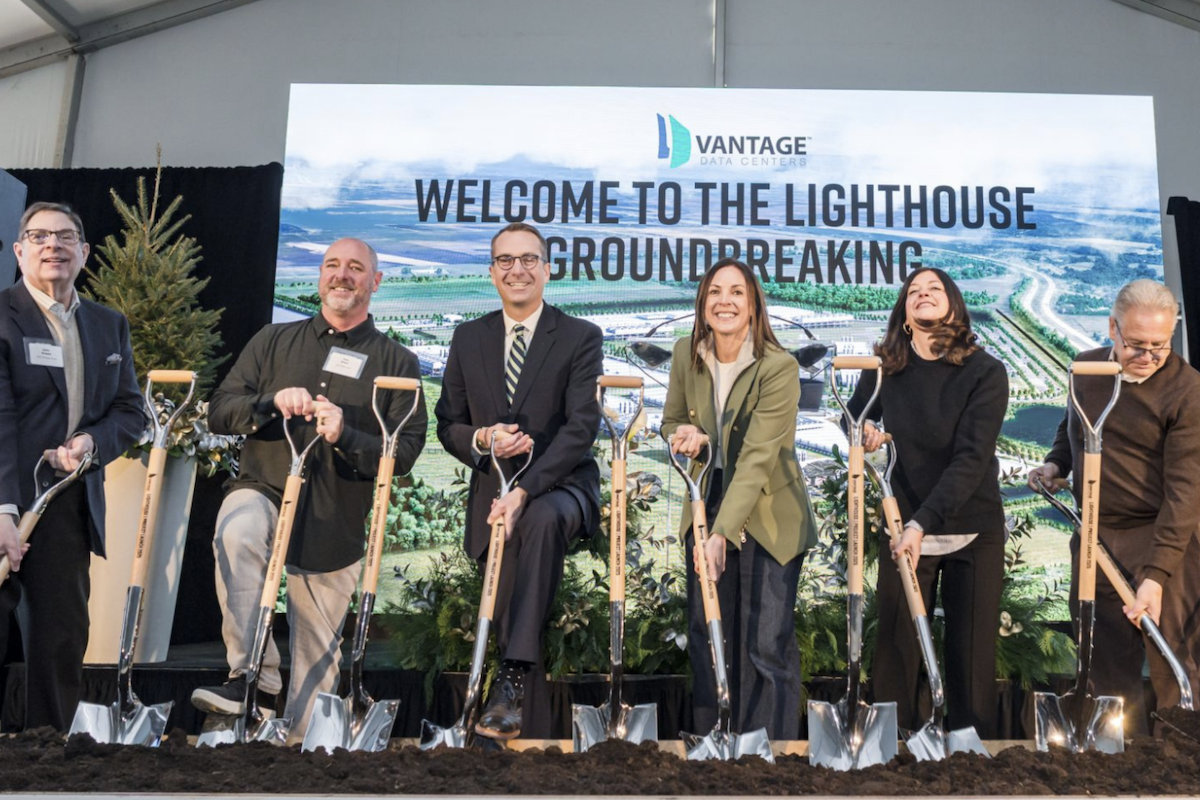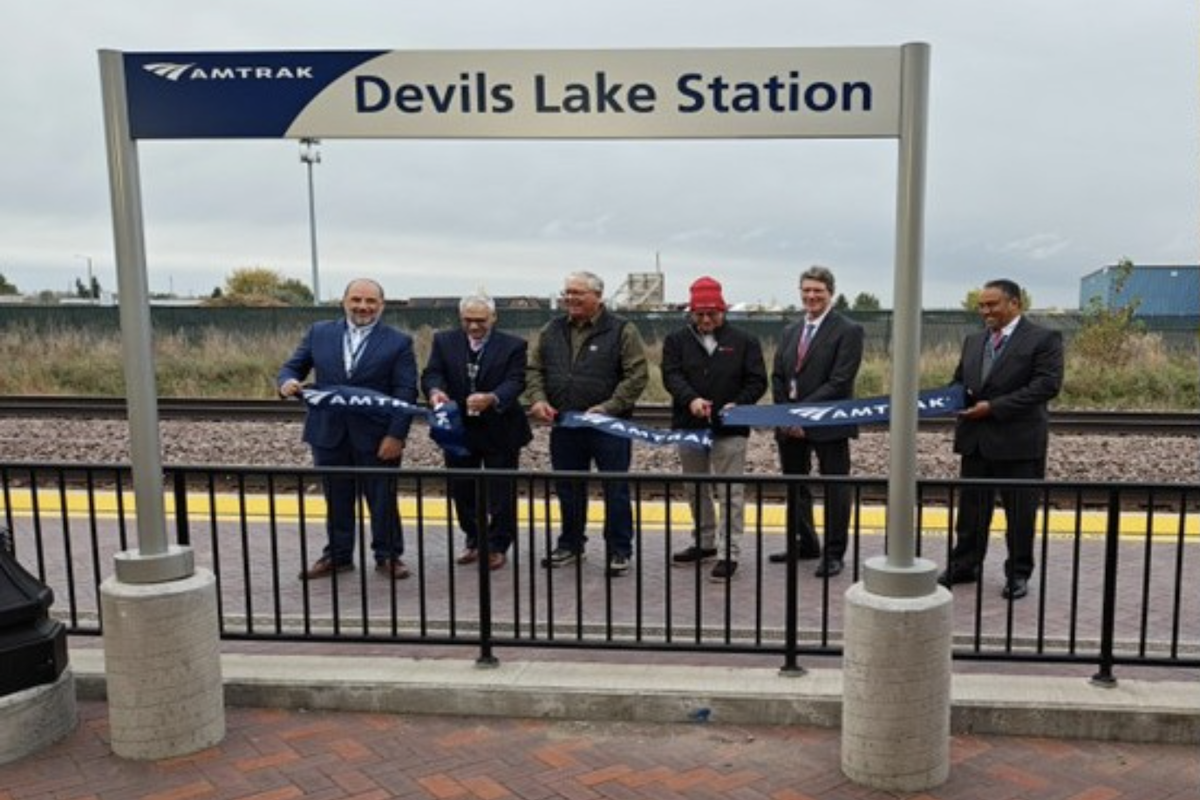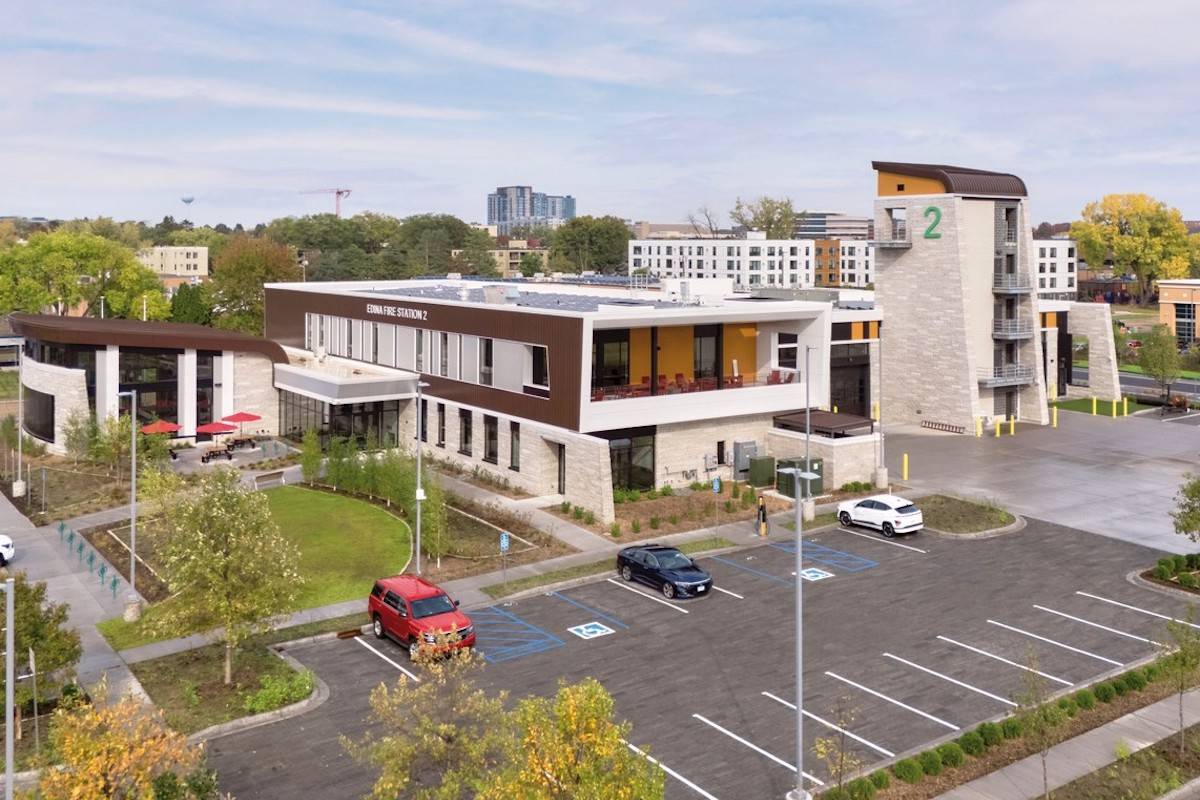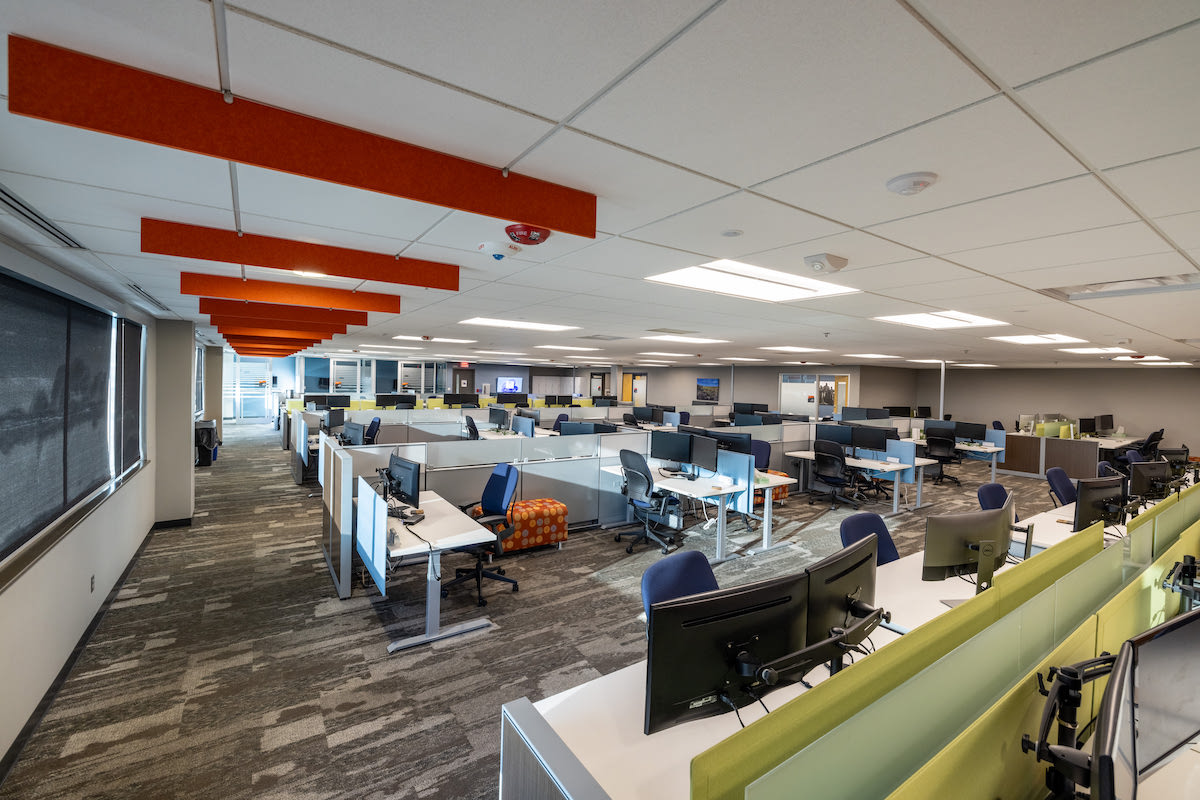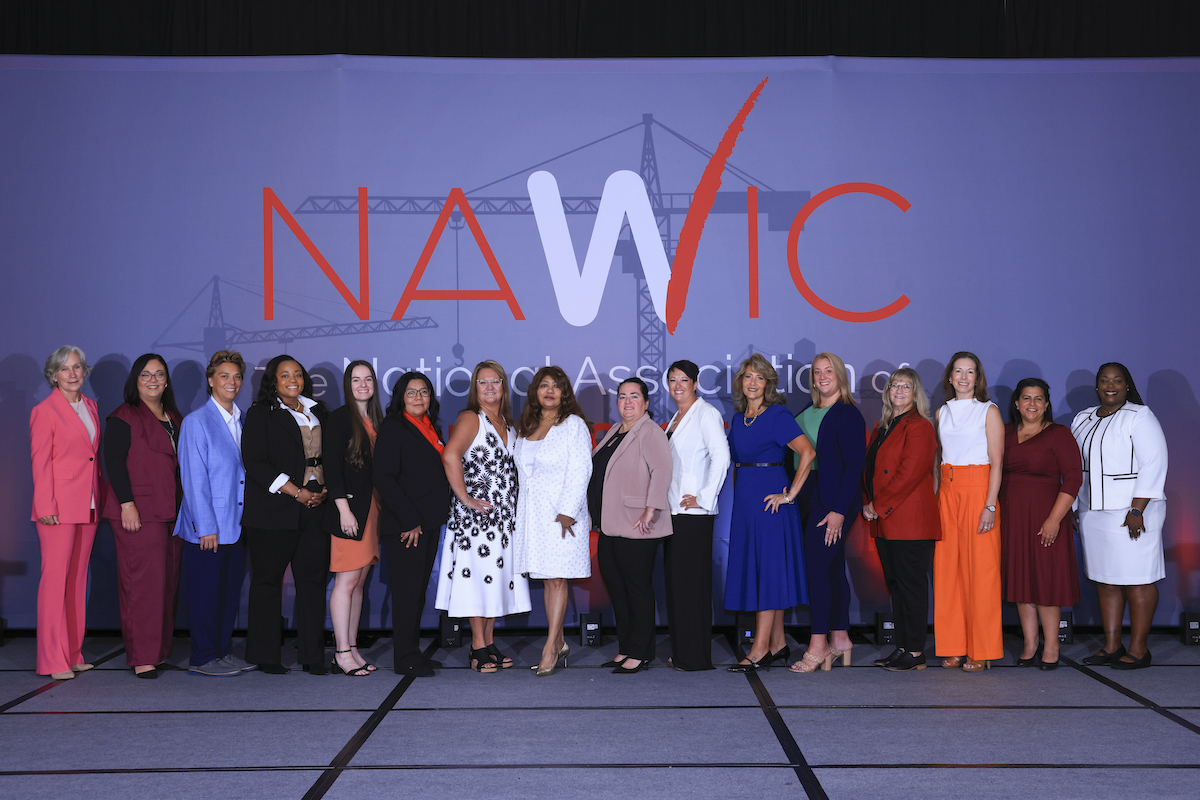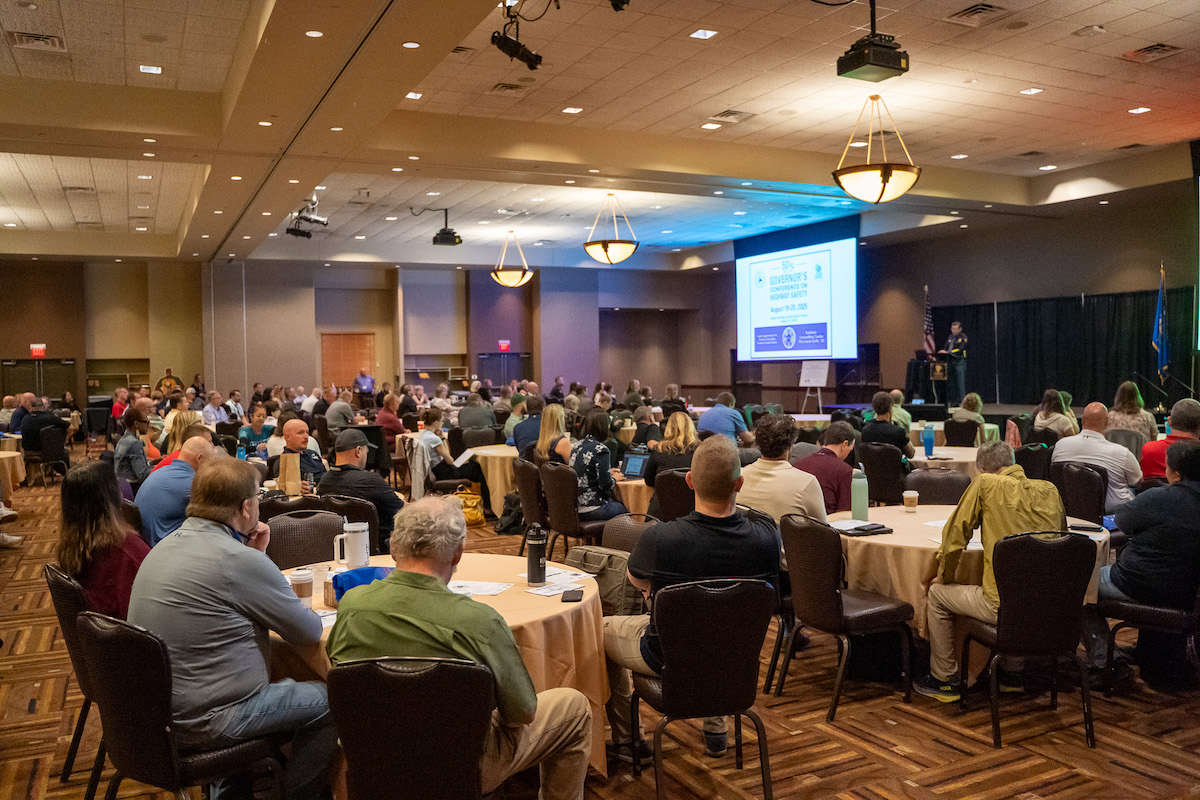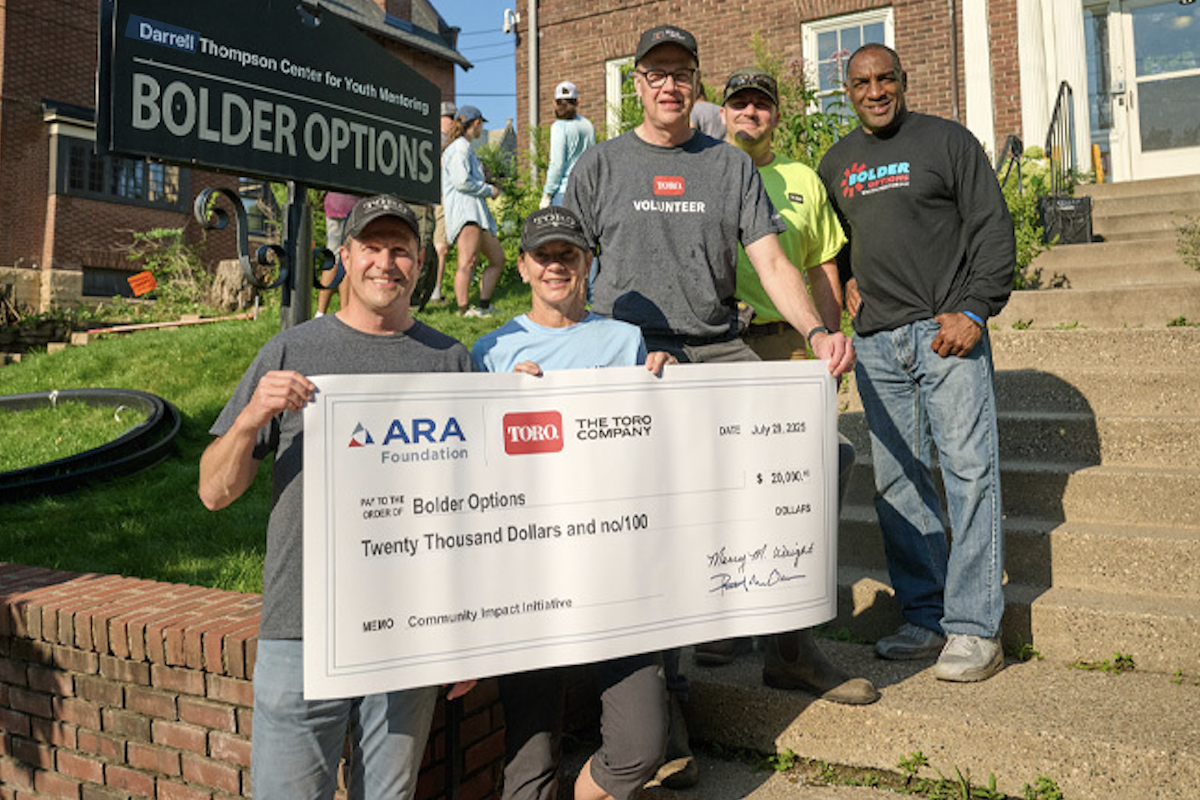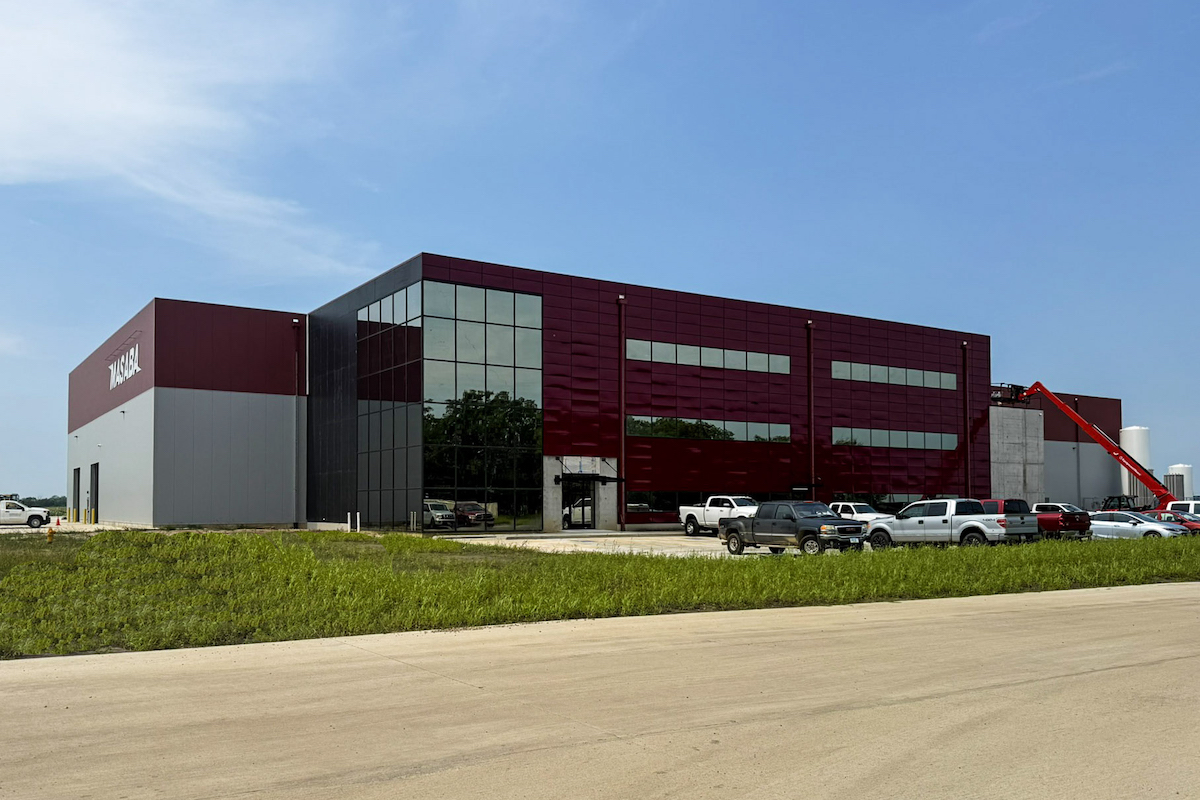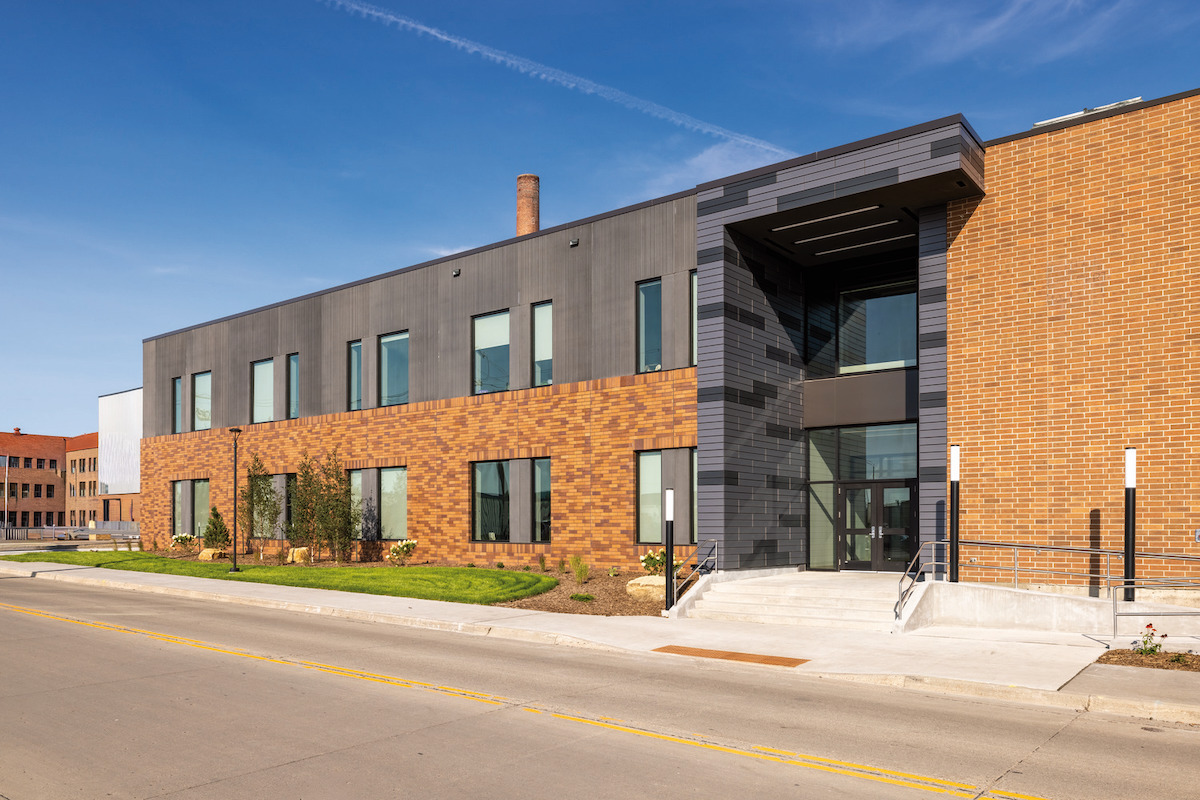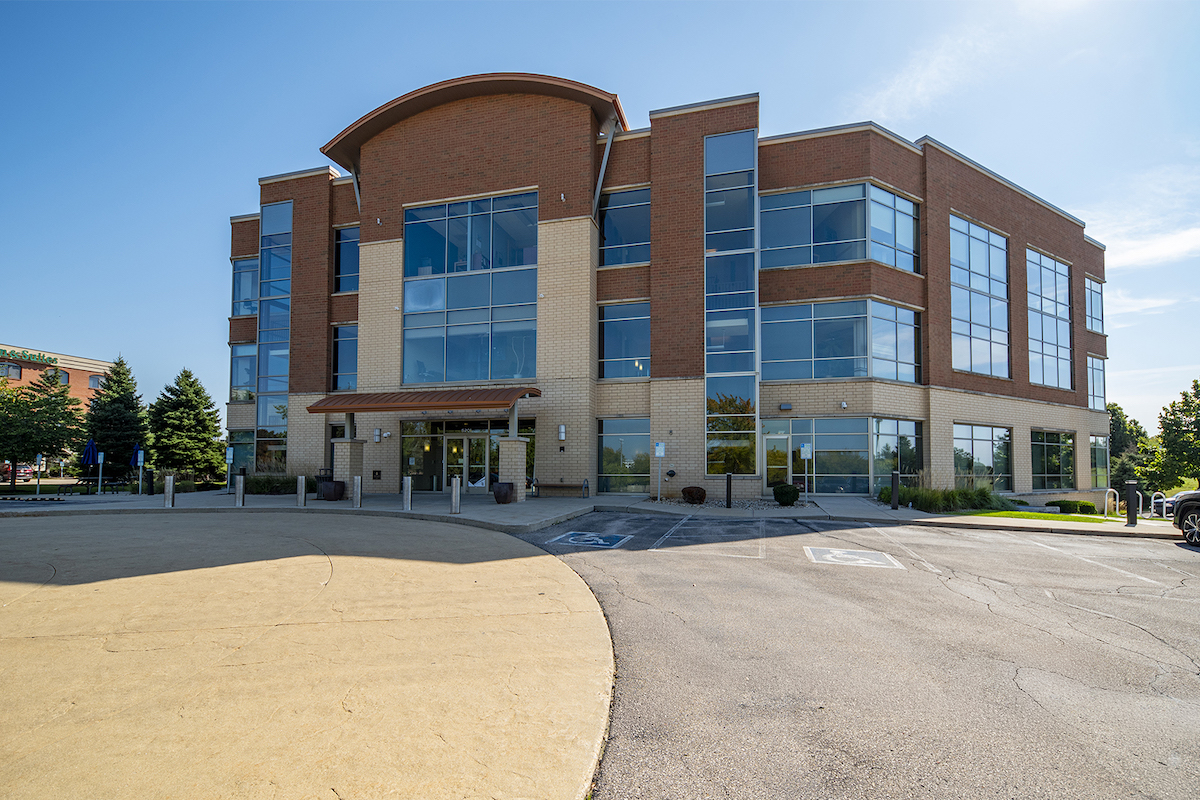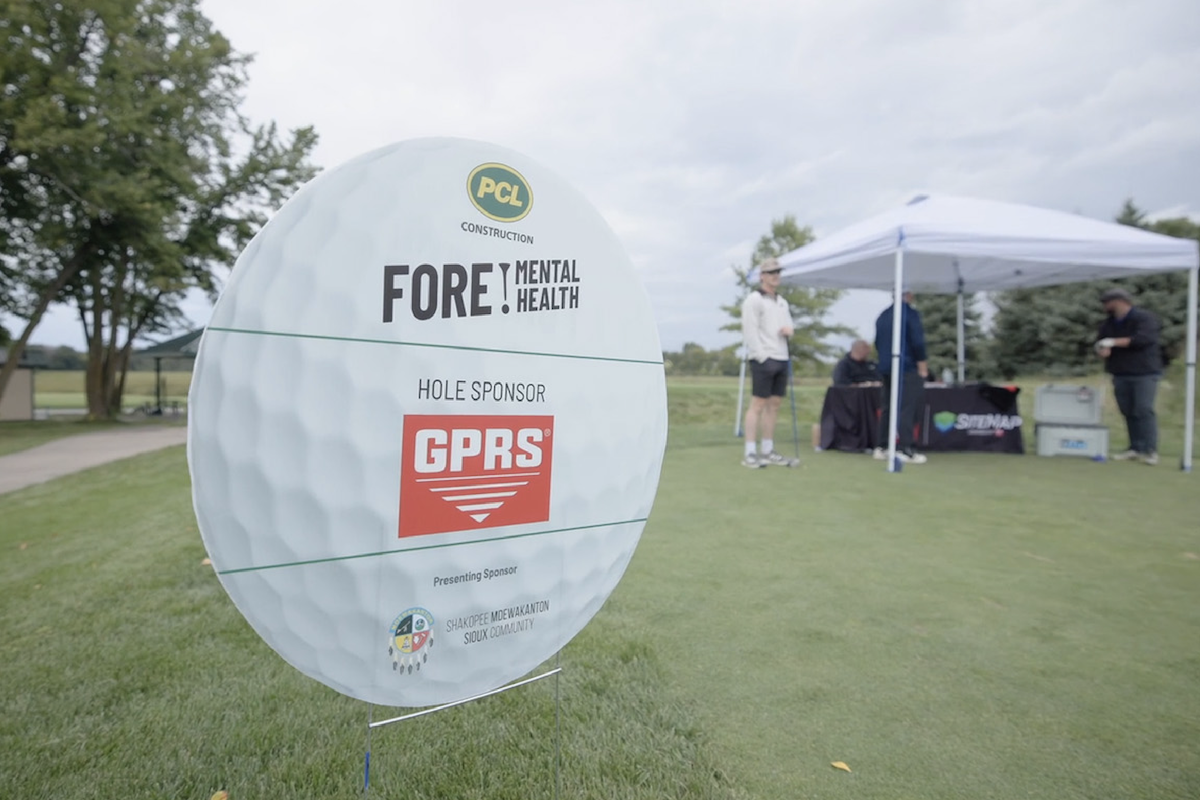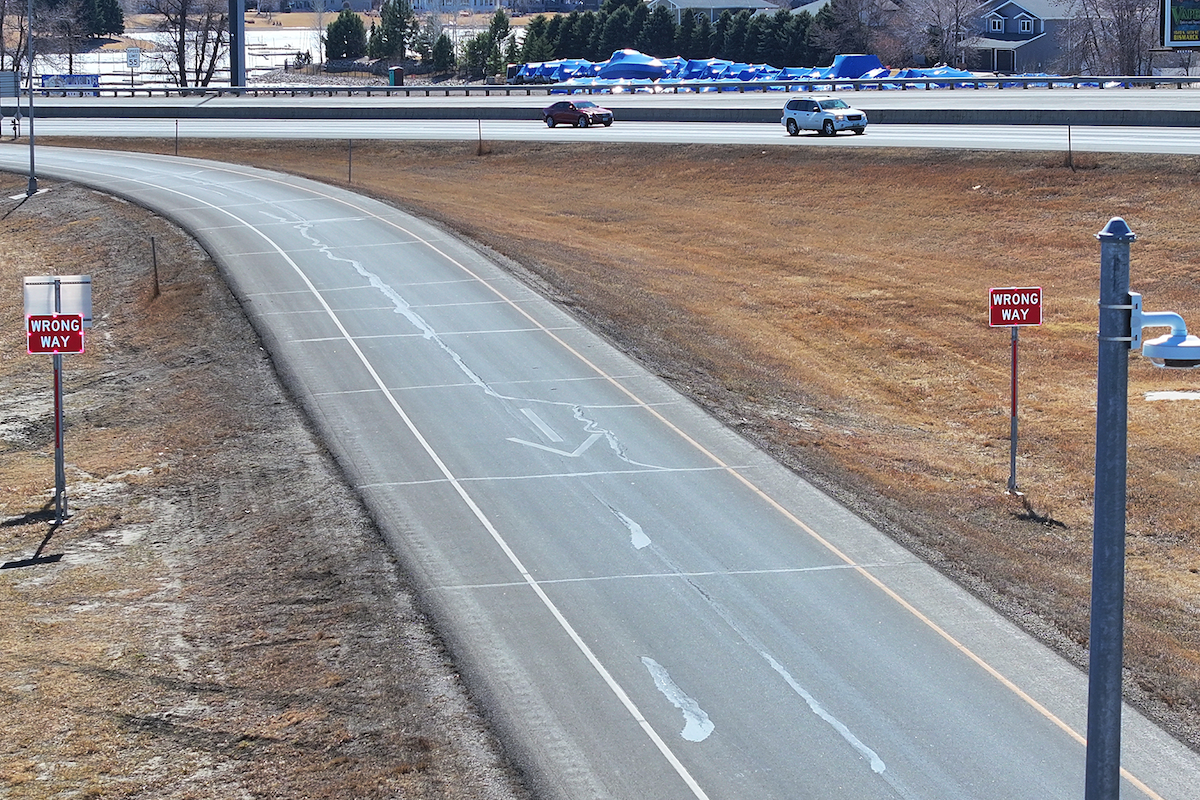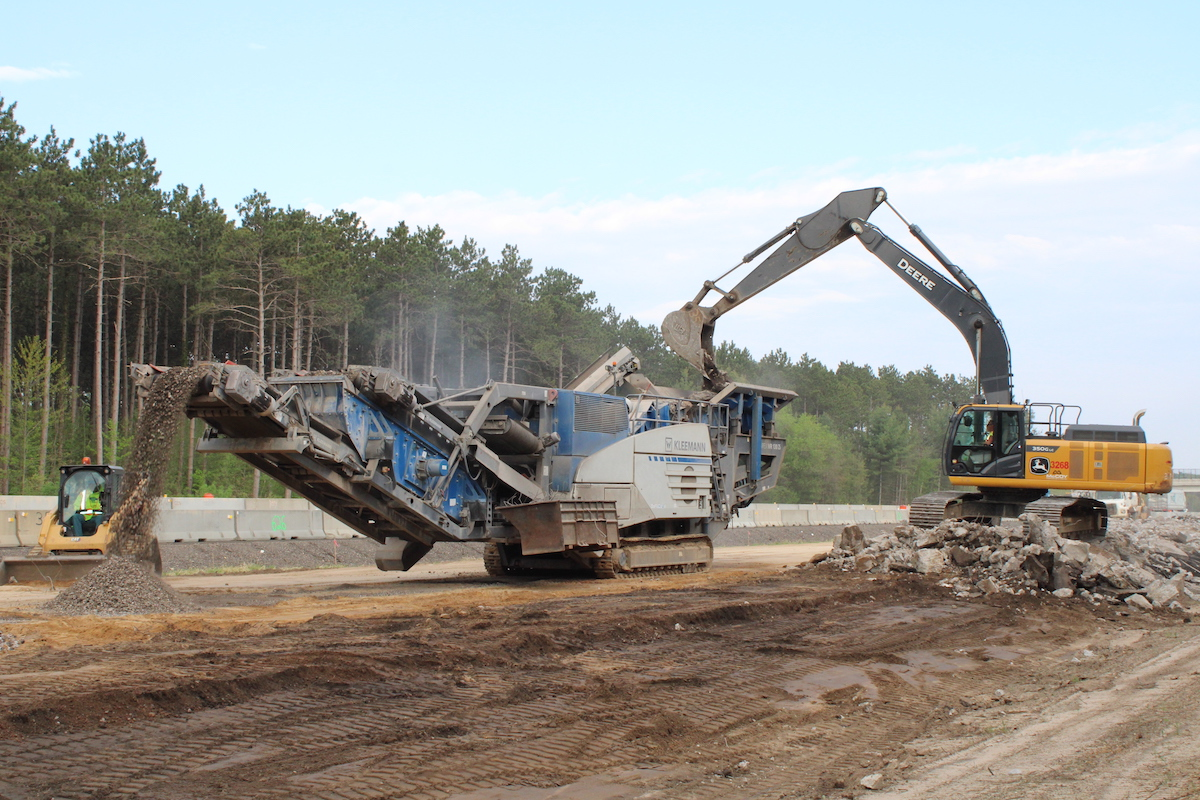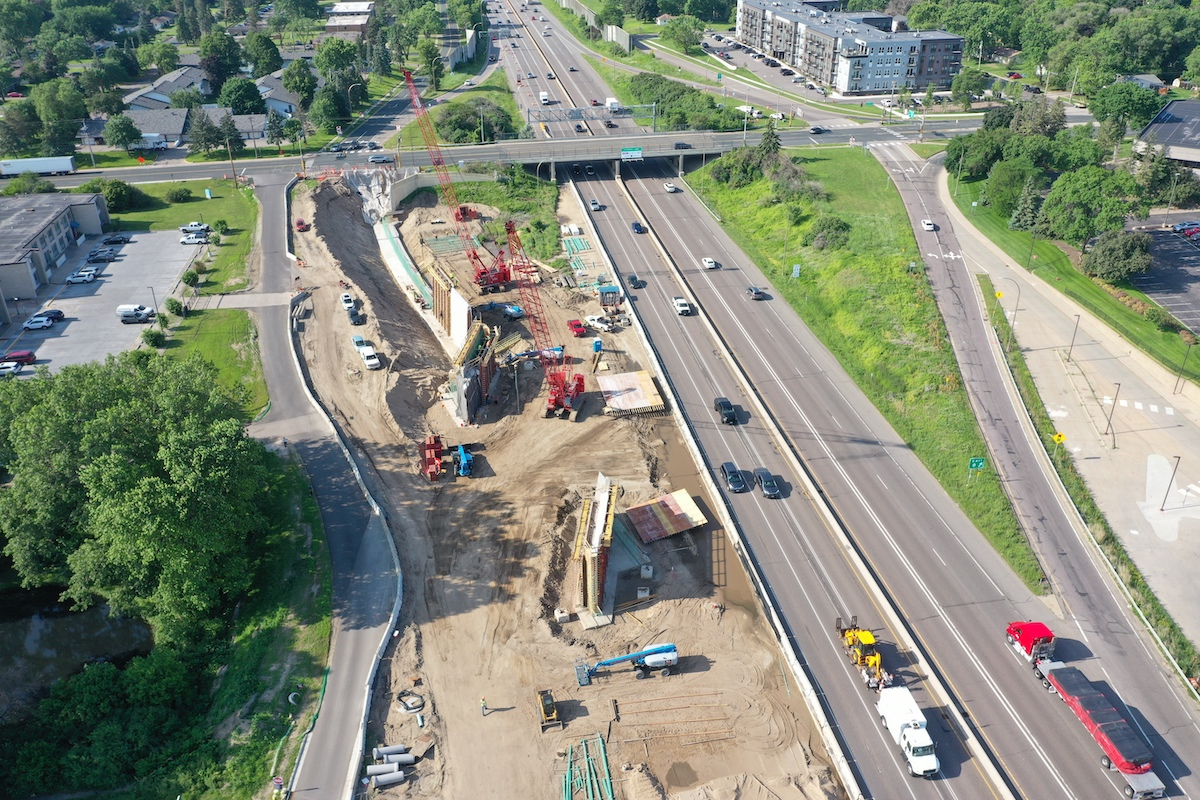“According to OSHA 1910.27(b)(2)(viii) standards, employers must provide prompt rescue of each worker in the event of a fall,” said SMG Director of Construction and Manufacturing Craig Clark, CHST. “That means employers need to develop and implement a plan for effective rescue. It also requires employers to provide the resources like equipment and rescue personnel and ensure employees understand the rescue plan.”
“A suspension system that allows a worker to descend in a controlled manner, and, as needed, to stop at any time during the descent. A rope descent system usually consists of a roof anchor, support rope, a descent device, carabiner(s) or shackle(s), and a chair (seatboard).”
The standard also requires that the employee have a “backup safety system” should the main suspension system fail. Standard 1910.27(b)(2)(vi) requires that each worker uses a separate, independent personal fall arrest system when using a rope descent system.
Another often overlooked piece to the standard is 1910.27(b)(2)(i), requiring employers ensure no rope descent system is used at heights above 300 feet above grade. Exceptions to the 300-foot limit are granted when it can be demonstrated that it is not feasible to access heights above 300 feet by other means or in cases where alternative means of access pose a greater hazard than using a rope descent system.

| Your local Gomaco dealer |
|---|
| Swanston Equipment Co |
| Hayden-Murphy Equipment Co |
In addition, some fire departments aren’t always trained or equipped to respond to these types of rescue situations with suspension scaffolds – often taking place at heights of more than 200 feet. For employers who have workers using suspension scaffolds and rope descent systems, a representative of the company should contact your local fire department and ask a few questions, such as:
- Do you have a ladder truck? If so, how tall will it reach?
- Are your responders trained in height or high-angle rescue?
- Is your department volunteer?
- What is your average response time?
A simple solution to the suspension scaffold rescue challenge lies in the safety backup line.
A pre-rigged to lower system utilizes an additional rope descent system – Petzl ID – that anchors to the lifeline anchor instead of your lifeline attaching to it. The lifeline is then run through the Petzl ID, and the ID is locked in the stowed position.
The pre-rig to lower system also requires more lifeline rope than is normally used – the rule of thumb is two and a half times the distance of the structure being climbed. For example, if a building was 100 feet tall, you would use 250 feet of rope. A pully can also be connected at the anchor rather than the Petzl ID. The Petzl ID can then be rigged at the ground level so there is no need for the rescuer to go to the top of the structure to perform the rescue.
In most situations, the ground person would call 911 and request assistance. Suspension trauma – or orthostatic shock – happens when a fallen worker is suspended in a harness with legs hanging. And it can occur in a worker in 15 to 40 minutes, so it must be treated as an emergency. How long will it take for responders to arrive and rescue your coworker?
With a pre-rigged to lower device in place and with the proper training, the ground person would simply unlock their rope descent system and use the device to lower the suspended worker to ground. And that’s at a rate of 3 feet a second.
“Employers need to make sure all employees who work at heights are fully trained in fall protection as well as how on-site equipment should be used and what steps to take in an emergency situation,” Clark said.
If you are a business that performs work in this sector, it’s important to learn more about the pre-rigged to lower systems available and how this cost-effective equipment could be implemented in your work environment. This method of rescue is a part of SMG’s At-Height Rescue training course. Go to safetymanagementgroup.com/contact/ to learn more.













